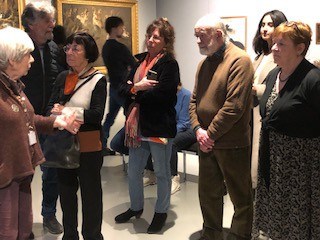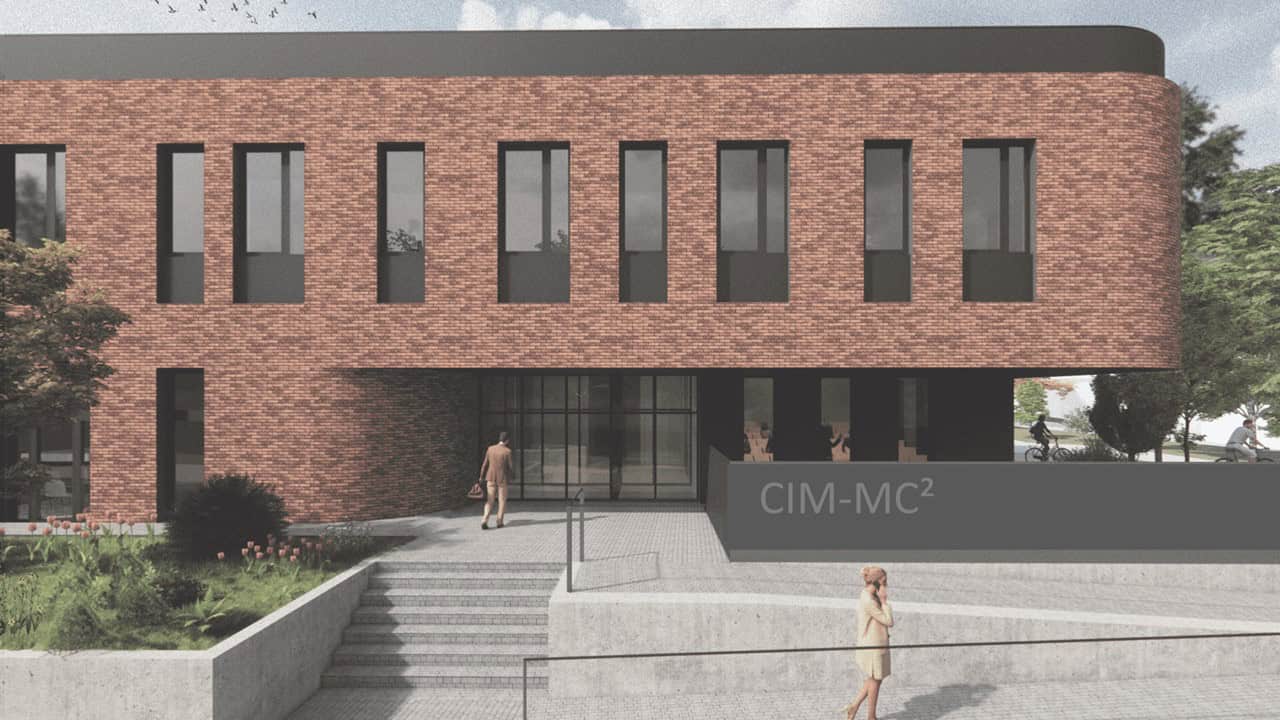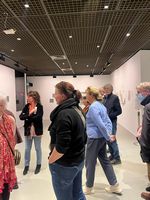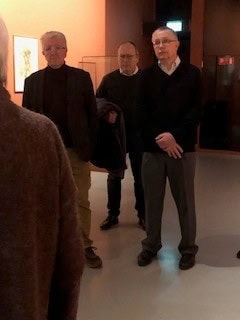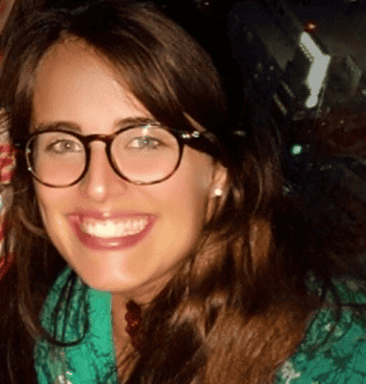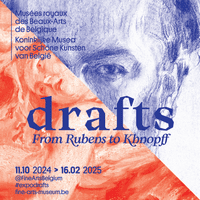The Softendo – Project
Developed by the engineer Gilles Decroly, Softendo focuses on the realization of “smart materials” that allow complex, remotely controlled movements. A technology designed to improve the management of endoscopic-treated diseases by natural ways.
This research was the subject of an article ” Optimization of Phase-Change Material-Elastomer Composite and Integration in Kirigami-Inspired Voxel-Based Actuators” in Frontiers Robotics.
It describes the study and optimization of an active material that could be used to manufacture flexible robots able of performing complex tasks. The abstract is available via this LINK.
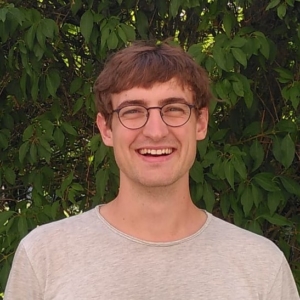






The Phenix – Project
Developed by engineers Orianne Bastin and Max Thulliez and Dr Alia Hadefi, the Phenix project intended to develop a new device in order to apply cold plasma onto the digestive mucosa membranes leading to the ablation of the latter.
This method could treat metabolic diseases such as type 2 diabetes, “fatty liver” or diseases such as Barrett’s esophagus.
The innovation relies on the physico-chemical nature of this novel medical application and its action potentially inducing a “programmed cell death”.
The research focuses
- on the development of the device and
- on the laboratory study of cellular and molecular effects when cold plasma is applied to digestive tissue.
In this context, the researchers of the PHENIX project developed a model that reproduces human tissues and allows the intensity and extent of treatment to be studied without the need for animal testing.
On one side, an electrical model developed allows to optimize the intensity of plasma processing by studying several parameters such as its stream or electrical parameters.
This development has also led to the publication of a literature review article to describe their use, challenges associated with them and good practices.
This will provide a solid foundation for the development of such models and provide an overview of relevant literature to interested researchers.
The article, “Gel models to assess distribution and diffusion of reactive species from cold atmospheric plasma: an overview for plasma medicine applications”, was published by Max Thulliez, Orianne Bastin, Antoine Nonclerc, Alain Delchambre and François Reniers in the journal “Journal of Physics D: Applied Physics” and is accessible by following this LINK
The rights of this article belong to the Journal of Physics
On the other side, thanks to the ex vivo model of primary stem cells in the form of organoids that reproduces the physiological and genetic characteristics of the intestinal epithelium, the team of researchers was able to evaluate in vitro the cellular and molecular effects occurring when applying a non-thermal plasma to the digestive tissue.
The organoid consists of protrusions (white arrow) where the intestinal stem cells are located, that give birth to the progenitors, themselves the origin of specialized cells (red arrow). This image illustrates the technique of immunofluorescence microscopy to target proteins of interest using fluorescent substances. We may notice in green the stem cell marker (olfactomedin 4), in blue the nuclei (DAPI) and in red the proliferation marker (PCNA).
The outcomes are auspicious and will be submitted for publication in the coming months. This project illustrates the cooperation between the clinic, applied research and translational medical research.
Cette collaboration a été initiée entre le service Beams de l’Ecole polytechnique de Bruxelles (Bio-Electro And Mechanical Systems), le Laboratoire IRIBHM (Institut de recherche interdisciplinaire en biologie humaine et moléculaire – Faculté de Médecine ULB – Prof. Marie-Isabelle Garcia), le service de Chimie des Structures, Interfaces et Nanomatériaux (ChemSIN) – Faculté des Sciences – ULB et des gastro-entérologues issus du Département de Gastro-entérologie de l’Hôpital Erasme avec le soutien de la Fondation Michel Cremer.
This collaboration was initiated between
- the Beams service of the Ecole Polytechnique de Bruxelles (Bio-Electro And Mechanical Systems),
- the IRIBHM Laboratory (Institute for Interdisciplinary Research in Human and Molecular Biology – Faculty of Medicine – ULB
- the Department of Structure, Interfaces and Nanomaterials Chemistry (ChemSIN) – Faculty of Science – ULB
- and gastroenterologists from the Department of Gastroenterology of the Erasme Hospital
with the support of the Michel Cremer Foundation.
Le Projet MAGUS – Project
Developed by the engineer François Huberland, the MAGUS system (MAgnetic Gastrointestinal Universal Septotome) aims to treat via natural pathways rare diseases such as diverticulum.
MAGUS is an endoscopic procedure thanks to a flexible device that consists of two magnets linked by a wire, that allows to make incisions in the digestive tract, compressing the tissues instead of cutting them, which achieves a more gradual cut, to reduce the risk of perforation.
These original data suggest that the device is effective, safe and minimally invasive.
Preliminary results of the first human uses of the device called MAGUS (MAgnetic Gastrointestinal Universal Septotome) were published in the journal ENDOSCOPY
A dozen patients have already been successfully treated with this device awarded in 2021 « Innovation of the Year Award » by ESGE (the European Society of Gastrointestinal Endoscopy).
It is a mechanism designed, created and developed thanks to the collaboration of engineers from the service BEAMS of the Ecole Polytechnique (ULB), the BMDC research centre, physicians of the gastroenterology department of the Erasmus Hospital and the Champalimaud Foundation in Portugal.
This project was funded by Innoviris and is currently looking for partners to reach the CE mark.
François defended his doctoral thesis on May 25th 2021: this defence is available on YOUTUBE


